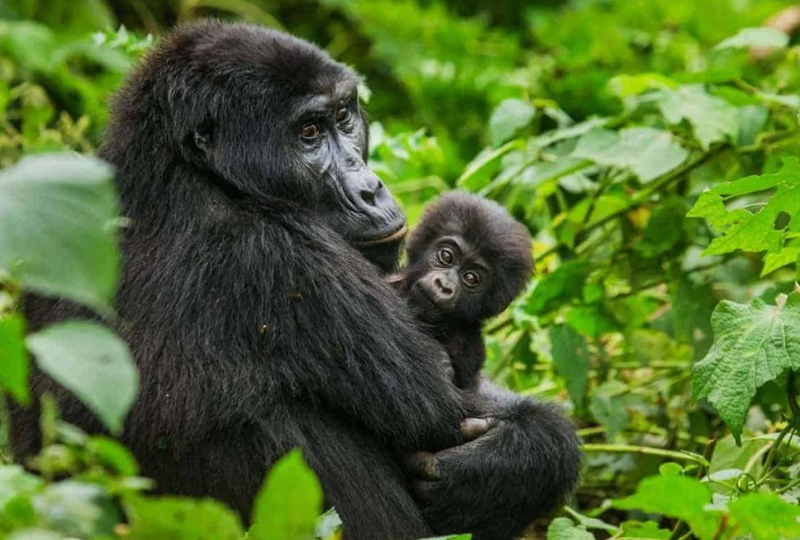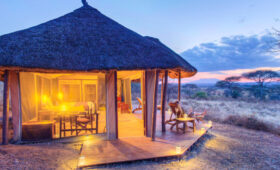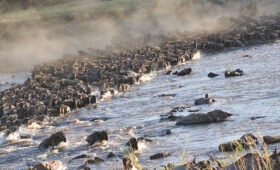The History of Gorilla Conservation in Uganda
Uganda is home to more than half of the world’s remaining mountain gorillas, making it one of the most iconic destinations for gorilla trekking. The history of gorilla conservation in Uganda is a remarkable journey of protecting endangered species, empowering local communities, and preserving one of the planet’s rarest wildlife treasures. In this complete guide, we’ll explore how gorilla conservation began, the milestones achieved, and what makes Uganda a leader in wildlife protection today.
Early Challenges in Gorilla Conservation
Decades ago, mountain gorillas in Uganda faced immense threats. Habitat destruction, poaching, and human encroachment severely reduced their population. The forests of Bwindi Impenetrable National Park and Mgahinga Gorilla National Park, today known worldwide for gorilla trekking, were once vulnerable to deforestation and illegal hunting. With gorilla numbers dropping dangerously low, conservationists knew urgent measures were needed to save these magnificent primates from extinction.
The Birth of Gorilla Conservation in Uganda
Gorilla conservation in Uganda officially gained momentum in the 1980s and 1990s when the government, international conservationists, and local communities joined hands to protect the species. The establishment of Bwindi Impenetrable National Park in 1991 marked a turning point. Strict protection policies, combined with research and anti-poaching patrols, helped stabilize gorilla populations. Uganda also pioneered the concept of gorilla tourism, allowing travelers to trek through forests and observe gorillas in their natural habitats.
This approach not only raised global awareness but also generated revenue that directly supported conservation programs and local community development.
How Gorilla Tourism Supports Conservation
Uganda’s model of gorilla conservation is unique because it integrates community involvement. A significant portion of gorilla trekking permit fees is reinvested into surrounding communities, funding schools, healthcare, and infrastructure. This ensures locals benefit directly from protecting gorillas, reducing human-wildlife conflict.
For travelers, gorilla trekking in Uganda is more than just an adventure, it is a contribution to long-term conservation. Every trek supports ranger patrols, scientific research, and the preservation of gorilla habitats.
Success Stories and Milestones
Thanks to these conservation efforts, Uganda’s mountain gorilla population has grown steadily. Today, the country is recognized as one of the best places in the world to see these endangered primates up close. Bwindi Impenetrable National Park alone is home to several habituated gorilla families, making it a premier trekking destination. Uganda’s conservation model has become a blueprint for other African nations striving to balance tourism, wildlife protection, and community empowerment.
Why Uganda Leads in Gorilla Conservation
Uganda’s success lies in its holistic approach, protecting gorillas while uplifting local communities. Through education, awareness, and eco-tourism, the country has transformed from a place where gorillas were at risk of extinction to a global leader in conservation. Travelers who visit Uganda not only experience an unforgettable wildlife encounter but also play a vital role in ensuring the survival of these gentle giants.
Plan Your Gorilla Trekking Adventure
At Mandari Travel, we help you explore the heart of Uganda’s gorilla conservation story. From arranging trekking permits to guided safaris, our team ensures you enjoy a seamless and life-changing journey.
Email: info@mandaritravel.com.com
Call/WhatsApp: +255 750 900 811
Fill out the form below to start planning your gorilla trekking experience in Uganda today!




